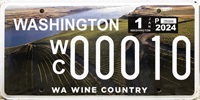Hawaii Wins the Best Plate Award for 2022
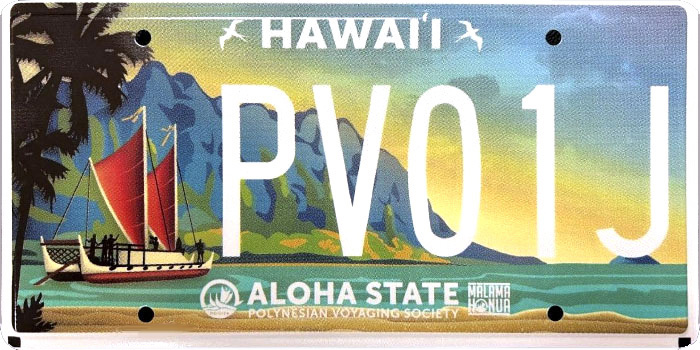
By Gus Oliver (#8407), Best Plate Award Coordinator
The votes are in and Hawaii’s new Polynesian Voyaging license plate has been chosen as ALPCA’s Best New Plate for 2022 by a landslide, despite having 19 other entries. This is the first time for Hawaii to win this award. After several years in the making, over 18,000 plates went on sale in February 2022, honoring the Polynesian Voyaging Society. This plate comes in pairs and costs Hawaiian motorists $36 initially and $25 annual renewal including $20 going to PVS each year. The plate was originally proposed in 2020 to be limited to Electric Vehicles since members of the PVS were also concerned about the environment, but that limitation was quickly dropped as the demand for the plate was great among all motorists, which also generated more income.
PVS is a non-profit organization established in 1973 to research and perpetuate traditional Polynesian voyaging methods. Ann Botticelli, a member of the PVS Board of Directors, was elated to learn that their plate had won such a prestigious award. She said, “We are so honored to have our design recognized by ALPCA. It is especially meaningful to be recognized on the weekend of Hokule’s inaugural launch in 1975. Every time I see this plate on the road, it reinforces how important and treasured the tradition of Polynesian Voyaging is to people across Hawai’i.” ALPCA President Cyndi McCabe stated “Congratulations to the state of Hawaii for winning the 2022 Best Plate Award. With its striking, colorful depiction of the Hokule’a traditional voyaging canoe anchored at Kualoa, it’s no wonder that the Polynesian Voyaging Society specialty license plate emerged as the winner!” The most common comments about this plate design were that it was simply beautiful and colorful. Elliot Gertel (#3999) stated this about his vote: “Although this selection goes against my usual antipathy to busy plates…what stands out among the pictures are the bright red sails of the Hōkūleʻa, the waʻa kaulua, a Polynesian double-hulled voyaging canoe. Again, even though it is a miniature billboard, it still beats the general issue Hawaiian plate…”
The Modoc Nation tribal plate came in second place. I rarely say anything additional about a second place winner, but this is the first tribal plate to ever be nominated. While many tribes would not have welcomed their entry into this contest, the Modoc tribe was excited when they learned from Marcus Payne (#12011) that he had nominated their plate.
With 516 votes, we were 3 votes short of matching last year’s record voting. I want to especially commend Alex Gehr (#10273) for casting one of the last votes despite being in the hospital.
There were a lot of good choices and the diversity of the voting shows that some members prefer plates with pretty scenes and others prefer ones with simple designs while most of the rest fell somewhere inbetween. With 20 plates on the ballot, I feared that all might get at least 3 or 4 percent of the votes and the winner would win with only 6 or 7 percent of the votes. However, Hawaii won with 17.5% of the points. Since everyone had up to 9 points to apply, with 5 points going to their first place choice, the highest possible percentage if everyone chose the same plate for first place would be 55.6%, so the Hawaii plate had almost one-third of the maximum possible points despite so many choices. Every year, I get ballots without votes stating their were no good choices, but this year was different. Apparently, everyone found something good to vote for. While the main emphasis is supposed to be attractiveness and legibility, John Kane (#1326) broke this down further, separately scoring the Overall Impact (Attractiveness), Functionality (Legibility), Design, Slogan, Font, Embossed (or flat) and Other Factors. Although the Hawaii plate was not one of his choices, his notes stated, "Beautiful Presentation, can't read the slogan."
I greatly appreciate all those who took the time to express their thanks to the club, Jordan Irazabal (#11010) and myself for our work. This contest is a highlight to many of our members. Jordan and I want to express our thanks to every one of you who took the time to vote, and a special thanks to those who nominated a plate or provided photos. I want to express my thanks to Jordan for helping this to be calmest year for me especially in light of the heavy voting.
The winning plate was designed by Todd Yamashita, a graphic designer from the Island of Molokai, which has only 7,000 residents, where he also works his one-acre farm. He was an employee of PVS when he started designing the plate. After the pandemic, he was laid off and decided to complete the changes he wanted to make, so the final design debuted a few months later.
To the PVS members, voyaging is far more than an activity or adventure to native Hawaiians. It represents a connection to their past, their heritage, their ancestors and so much more. The canoe is anchored at Kualoa because it was considered a sacred area by their elders. This vessel has been sailed literally around the world. Their upcoming world voyage is expected to take about 4 years to complete. The canoe can hold about 20 people but typically travels with 12. In their initial voyages, they traveled without an escort until tragedy struck and one life was lost. All of the following voyages had an escort vessel along with a doctor about the escort.
Scoring
-
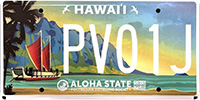
-
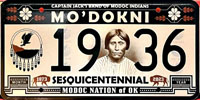
-
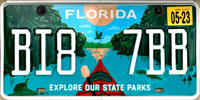
-
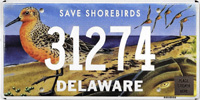
-
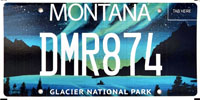
-
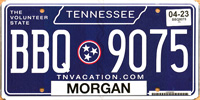
-
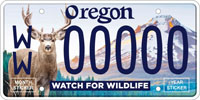
-
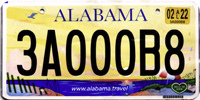
-
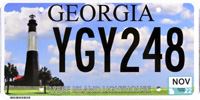
-
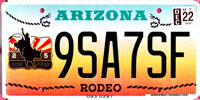
-
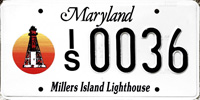
-
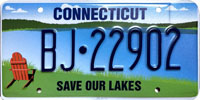
-
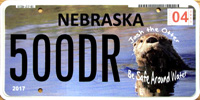
-
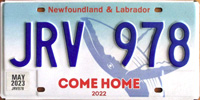
-

-
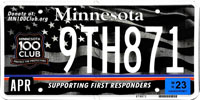
-
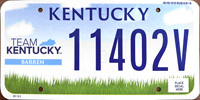
-
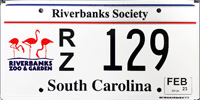
-
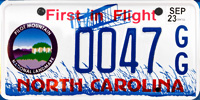
-
